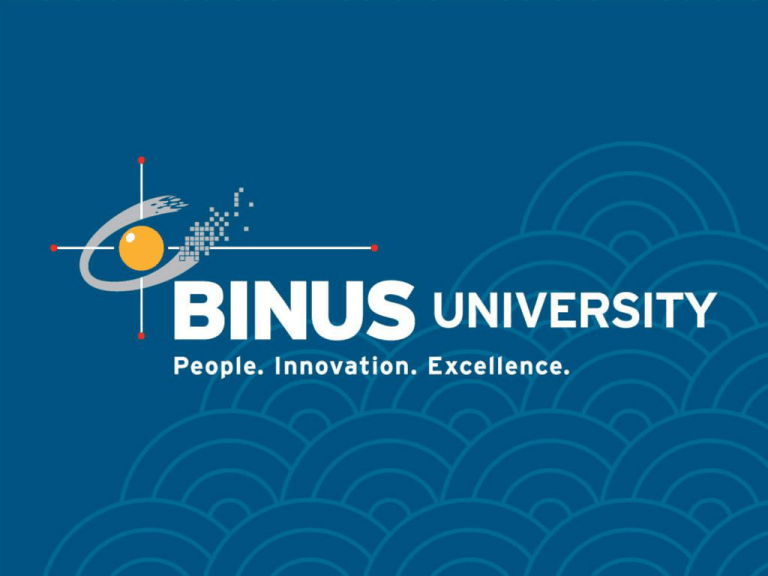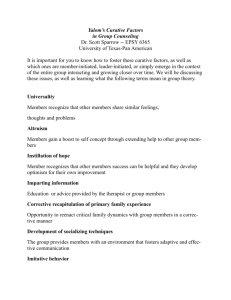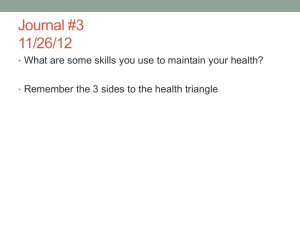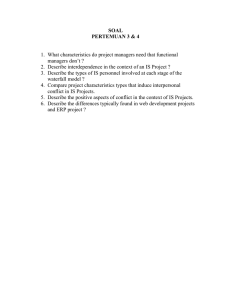Document 15020837
advertisement

Matakuliah Tahun : L0332 – Psikologi Konseling : 2009 Multimodal Therapy Pertemuan 08 PERTEMUAN 8 Multimodal Therapy Introduction • Lazarus (a clinical psychologist): Multimodal therapy is a comprehensive, systematic, and holistic approach to psychotherapy that seeks to effect durable change in an efficient and humane way. • Clients’ needs are often better served if therapists work in multimodal rather than unimodal or bimodal fashions. • Lazarus: The importance of breadth without sacrificing depth became a primary focus and culminated in the multimodal orientation • Read: p. 362 - 363 BASIC CONCEPT • Human personality can be divided into 7 discrete, yet interacting, dimensions: read p. 365 * Behaviour * Affect * Sensation * Imagery * Cognition * Interpersonal * Drugs / biology BASIC CONCEPT • 7 Key constructs shape and maintain human personality: read p. 366-368 * Associations and relation among events * Modelling and imitation * Non-conscious processes * Defensive reactions * Private events * Meta-communication * Thresholds BASIC CONCEPT • Factors, interacting with those already mentioned, that can contribute to people maintaining dysfunctional thoughts, feelings and behaviours: read p. 369 * Conflicting or ambivalent feelings or reactions * Interpersonal inquietude * Poor self-acceptance THERAPY • Lazarus: In essence, effective therapy calls for appropriate techniques, correctly administered, within the context of a trusting and caring relationship Therapeutic goals: • Behaviour: taking effective actions in pursuit of realistic goals • Affect: Acknowledging, clarifying and recognizing feelings; coping with negative feelings and enhancing positive feelings • Sensation: Being in touch with and enjoying one’s senses • Imagery: Being in touch with one’s imagination; using coping images • Cognition: Possessing sufficiently accurate and complete information; thinking realistically • Interpersonal: Possessing good relating skills, for instance assertion and conversational skills; capacity for healthy interdependency • Drugs/biology: Taking good care of one’s body and physical health; eating and drinking in moderation PROCESS THERAPY Read p. 371 - 376 Initial session: • no rigid format; small talk & collecting basic information (address, phone #) • Two main questions: “what has led to the current situation?” & “What or who is maintaining it?” • Look for signs of psychosis, organic problems and depression • Try to assess clients’ expectations about therapy & the most appropriate kind of relationship style to adopt. • Look for clients’ strengths and positive attributes • --Quite often in initial interviews, therapists use specific interventions, for instance cognitive disputation— • At the end of the initial interview, therapist give most adult clients the fifteen-page Multimodal Life History Inventory: asking numerous questions about antecedent events and maintaining factors with the answers being divided into BASIC ID categories. • Know your own limitations and other clinicians’ strengths – referrals should be made where other therapists have skills that the therapist does not possess or more appropriate personal style for particular clients PROCESS THERAPY Read p. 371 - 376 The modality Profile The Structural Profile Tracking Second-Order Basic ID Assessments Selection of interventions Progress evaluations Behaviour THERAPEUTIC INTERVENTIONS Read p. 379 - 384 Affect Sensation Imagery Cognition Interpersonal Drugs/Biology Strategy for saving time



